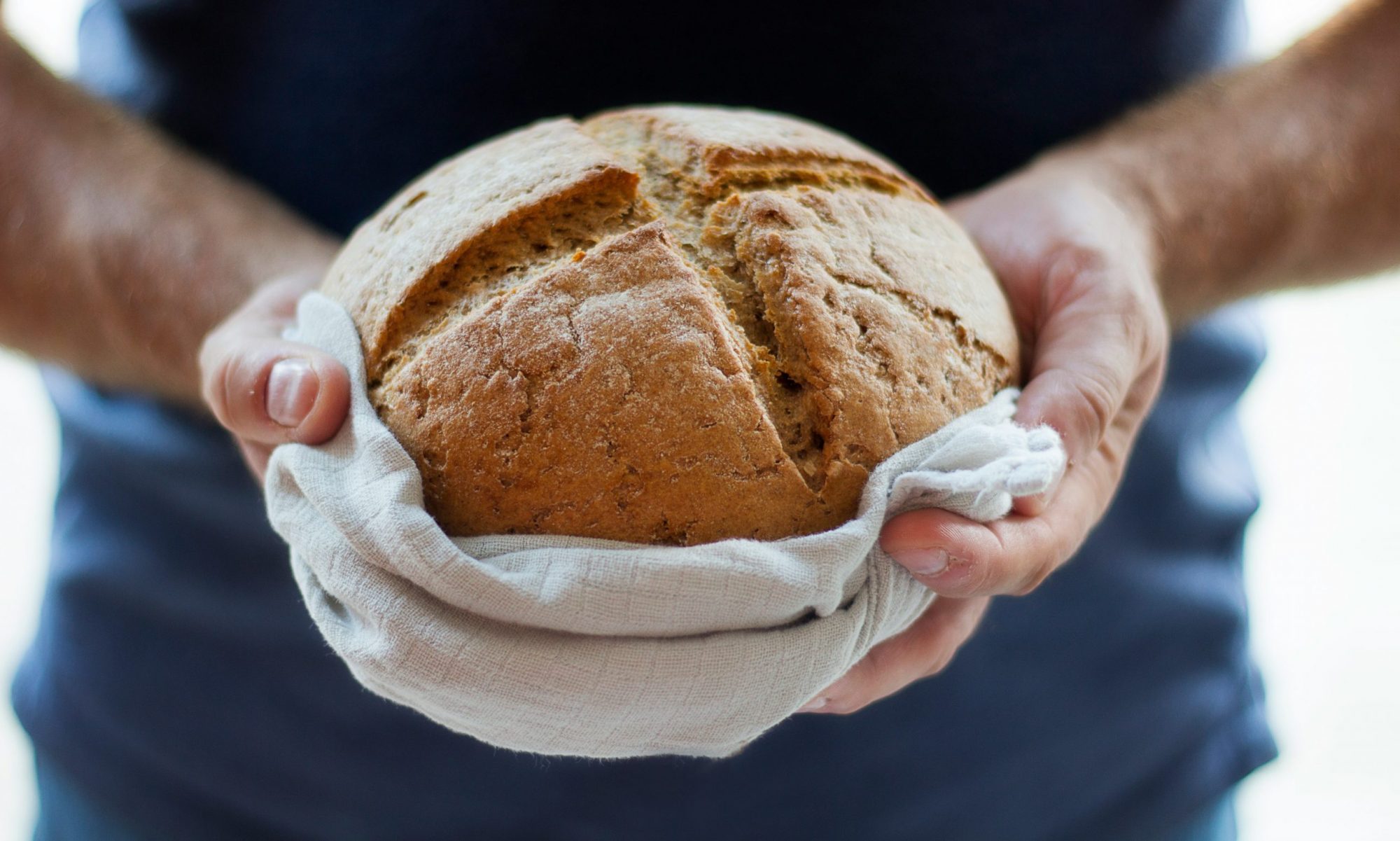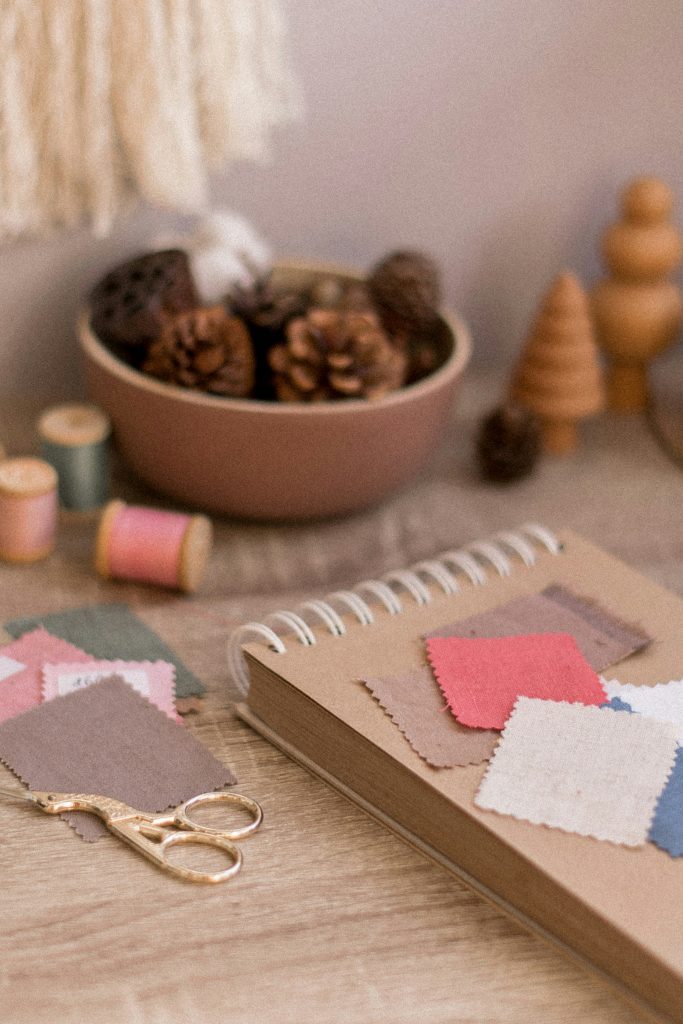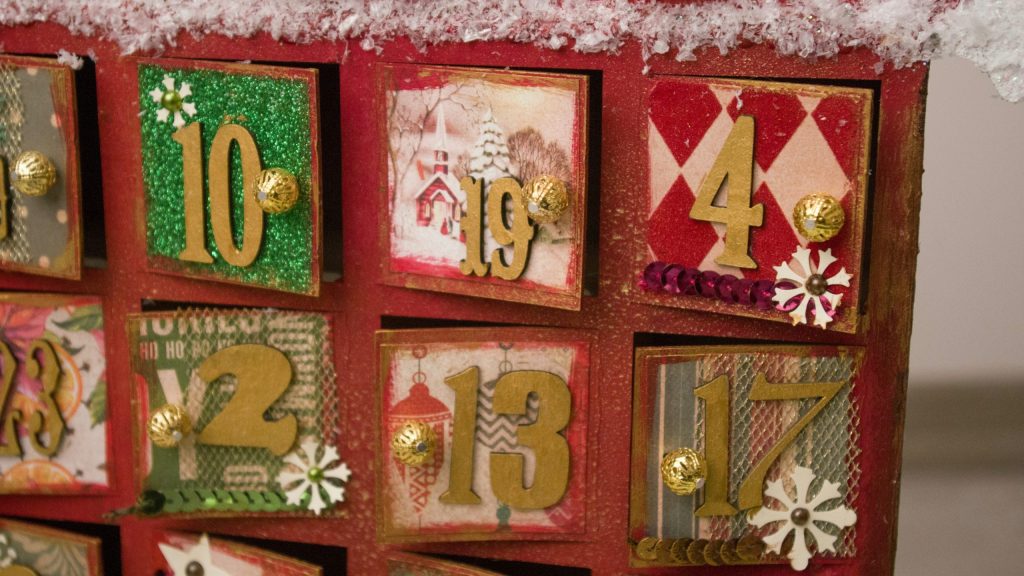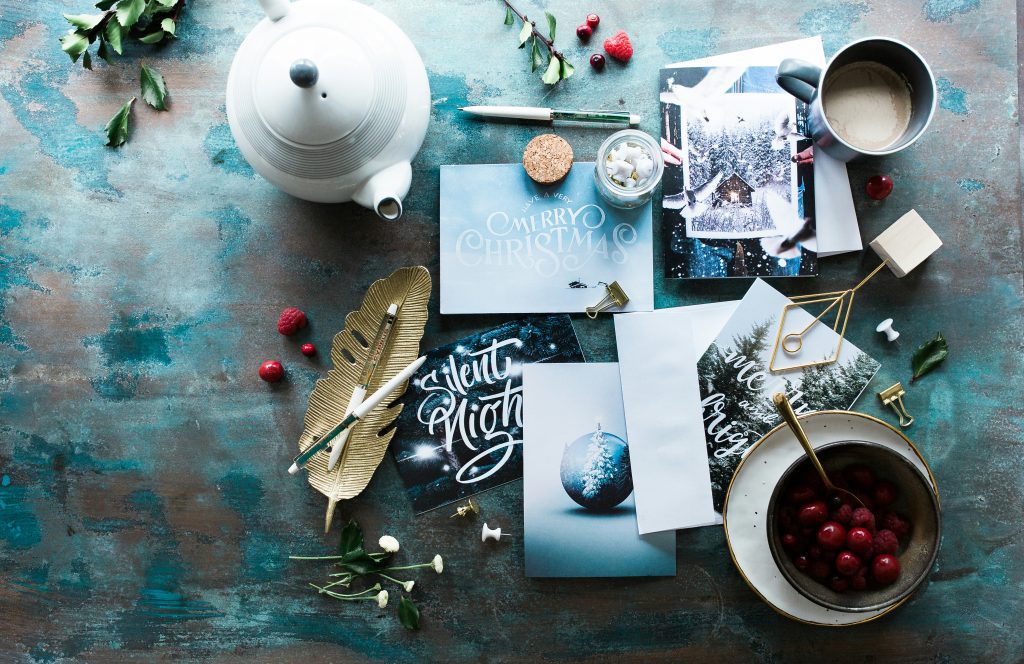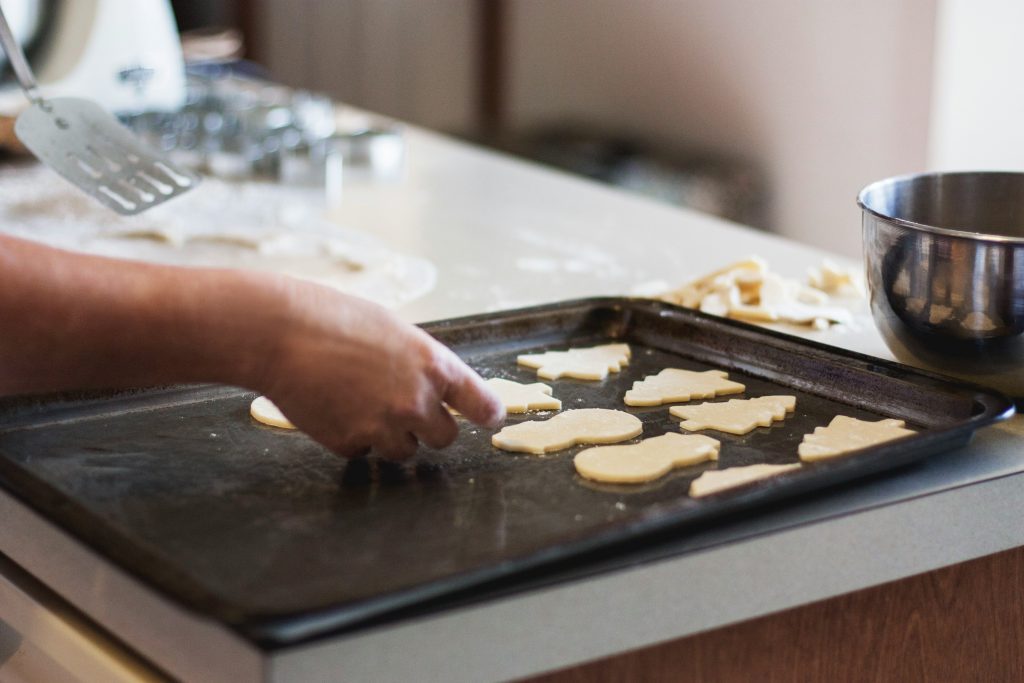Crafting Holiday Cheer: The Joy of Making Your Own Christmas Ornaments
As the holiday season approaches, many of us begin to think about how to decorate our homes and create a festive atmosphere. One of the most cherished traditions is adorning the Christmas tree with beautiful ornaments. While store-bought ornaments are convenient and widely available, there’s something truly special about making your own. In this blog post, we’ll explore the reasons for crafting your own ornaments, discuss different styles of ornaments for holiday trees, and highlight the joy of buying a yearly ornament to commemorate each holiday season.

The Joy of Crafting Your Own Ornaments
- Personal Touch: Making your own ornaments allows you to infuse your personality and creativity into your holiday decor. Each ornament can tell a story or represent a cherished memory, making your tree uniquely yours.
- Family Bonding: Crafting ornaments can be a wonderful family activity. Gather your loved ones for a fun afternoon of creativity, laughter, and bonding. It’s a great way to create lasting memories together.
- Cost-Effective: If you’re on a budget, making ornaments can be a more affordable option than purchasing high-end decorations. With a few basic supplies, you can create beautiful pieces that won’t break the bank.
- Sustainability: In a world increasingly focused on sustainability, crafting your own ornaments can be an eco-friendly choice. You can use recycled materials or natural elements, reducing waste and promoting a greener holiday season.
Different Styles of Ornaments for Holiday Trees
Whether you’re a seasoned crafter or a beginner, there are countless styles of ornaments you can create or choose from. Here are a few popular options:
- Traditional Ornaments: Classic glass or wooden ornaments can be painted or decorated with glitter, ribbons, and other embellishments. These timeless pieces often evoke nostalgia and can be passed down through generations.
- Nature-Inspired Ornaments: Use pinecones, dried fruit, popcorn, or twigs to create rustic ornaments that celebrate the beauty of nature. These can be adorned with twine or natural fibers for a charming, organic look.
- Photo Ornaments: Capture memories by creating ornaments that feature family photos. Simply print your favorite images, cut them into shapes, and attach them to a sturdy backing. These ornaments are a wonderful way to reminisce about past holidays.
- Themed Ornaments: If you have a specific theme for your tree, such as a color scheme or a favorite hobby, consider making ornaments that align with that theme. For example, if you love travel, create ornaments that represent different countries or cities you’ve visited.
- Kids’ Crafts: Involve your children in the ornament-making process with simple crafts like salt dough ornaments or painted wooden shapes. These creations can be cherished keepsakes for years to come.
The Tradition of Buying a Yearly Ornament
In addition to crafting your own ornaments, many families enjoy the tradition of purchasing a yearly ornament that features the date. This practice not only adds to your collection but also serves as a beautiful way to commemorate each holiday season. Here are a few reasons to consider this tradition:
- Marking Milestones: A yearly ornament can represent significant events or milestones from that year, such as a new job, a wedding, or the birth of a child. Each ornament becomes a tangible reminder of the memories made.
- Creating a Collection: Over the years, your collection of yearly ornaments will grow, creating a visual timeline of your family’s journey. It’s a lovely way to reflect on how much you’ve changed and grown together.
- Gift-Giving: Yearly ornaments can also make thoughtful gifts for friends and family. Consider giving a personalized ornament that reflects a shared memory or experience, making it a meaningful present.
- Decorating with Purpose: When you hang your yearly ornament on the tree, you’re not just adding decoration; you’re adding a piece of your family’s history. It transforms your tree into a gallery of memories.
Whether you choose to craft your own ornaments or buy a yearly keepsake, the act of decorating your Christmas tree is a celebration of love, tradition, and creativity. Embrace the joy of making your own ornaments, explore different styles, and consider the significance of a yearly ornament to enrich your holiday experience. This season, let your tree reflect not just the beauty of the holidays, but also the warmth of your family’s unique story. Happy crafting and decorating!
